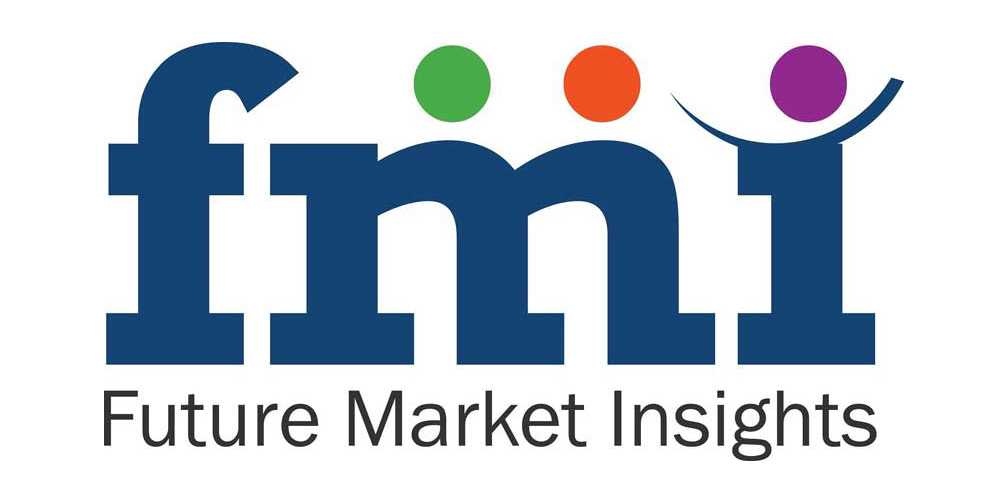Demand for corrosion protective coatings and acid proof lining materials will continue to witness steady demand in 2016, with global revenues totalling 31,636.2 Mn in 2016, an increase of 5.5% over 2015. Slow, yet promising growth in the construction sector will continue to drive adoption of corrosion protective coatings and acid proof lining materials in 2016. Demand will also be strong in the marine sector, with annual revenues expected to total 6,628.1 Mn in 2016, a 5.2% increase over 2015.
Innovation in coating technology will continue to open up new avenues of growth in 2016. Shift from solvent-borne technology to waterborne technology will continue to gain momentum, with the former expected to witness a 4.5% year-over-year growth in 2016 over 2015. The water-borne technology segment will witness 6.3% y-o-y growth in 2016 over 2015. Increasing investment by key players in developing economies is also expected to strengthen demand for corrosion protective coatings and acid proof lining materials.
Polymer coatings will continue to remain the largest corrosion protective coating product type, representing revenues worth 17,597.4 Mn in 2016, an increase of 5.8% over 2015. Ceramic & carbon brick lining will remain the most lucrative product segment in acid proof lining segment, representing 1,068.1Mn in revenues in 2016.
Get a Sample Copy of Report: https://www.futuremarketinsights.com/reports/sample/rep-gb-161
Demand for corrosion protective and acid proof lining materials will remain strongest in Asia Pacific, with the region representing 36.7% revenue share in 2016. Steady pace of construction in the emerging countries of Asia Pacific will continue to create sustained demand for corrosion protective coatings and acid proof lining materials in 2016 and beyond. North America and Eastern Europe will maintain their position as the second- and third- largest market for corrosion protective and acid proof lining materials in 2016. These two regions will collectively account for 33.6% revenue share of the market in 2016.
Browse the full “Corrosion Protective Coatings & Acid Proof Lining Market: Global Industry Analysis and Opportunity Assessment, 2015-2025” market research report at https://www.futuremarketinsights.com/reports/global-corrosion-protective-coatings-market
BASF Coatings GmbH, PPG Industries, Inc., The Sherwin-Williams Company, Ashland Inc., Axalta Coating Systems Ltd., Hempel A/S, International Paint Ltd., and Jotun A/S etc. are some of the leading players in the global corrosion protective coatings and acid proof lining market. Concerns on the environmental impact of coatings and acid proof lining materials is influencing leading companies to focus on developing sustainable products — FMI expects this trend to gain further momentum in 2016.
Long-term Outlook: FMI maintains a positive long-term outlook on the corrosion protective coatings and acid proof lining market, anticipating the market to increase at 6.2% CAGR during the forecast period 2015-2025.
Feel free to ask your queries at https://www.futuremarketinsights.com/ask-question/rep-gb-161
Key Segments Covered
- By End-use Industry
- Marine
- Oil & gas
- Power generation
- Construction
- Automotive
- Transportation vehicles
- Chemicals
- Mining & metallurgy
- Others
- By Product Type
- Corrosion Protective Coatings Market
- Polymer coatings
- Rubber lining systems
- Acid Proof Lining Market
- Ceramic & carbon brick lining
- Tile lining
- Thermoplastics lining
- By Technology
- Solvent-borne
- Waterborne
- Powder-based
- Key Regions/Countries Covered
- North America
- Latin America
- Western Europe
- Eastern Europe
- Asia-Pacific Excluding Japan (APEJ)
- Middle East & Africa
